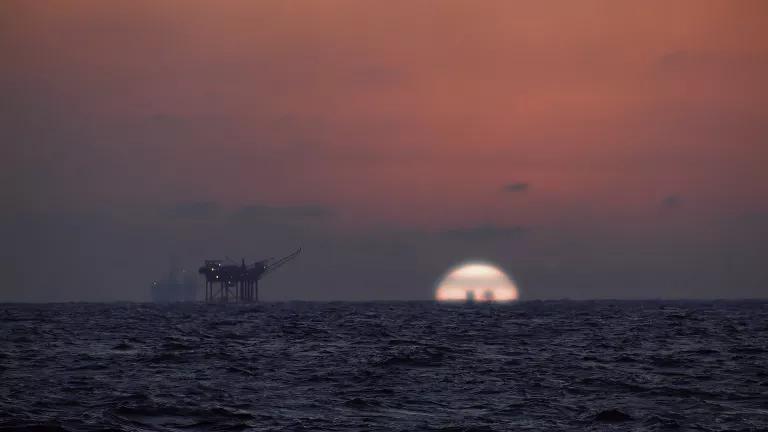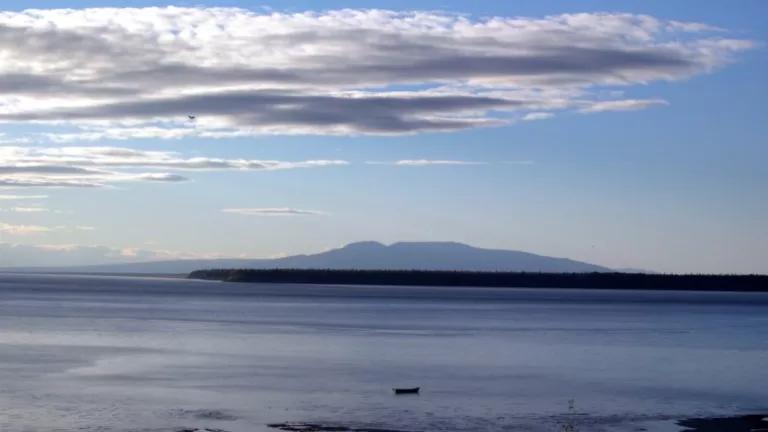This Land is Our Land: Rethinking coal mining on public lands is great news for our natural heritage, our communities, and our climate.

The Obama administration announced today that it would stop issuing new leases to coal companies who want to mine on public lands as it considers a fundamental overhaul. That entire leasing program has been riddled with problems, including giving the industry handouts that cost taxpayers more than $30 billion over three decades. It has also prolonged America's dependence on a dirty fossil fuel that causes climate change and endangers our health.
The order likely won't shut down any mines currently in operation, and won't affect existing leases. Coal companies also have plenty of coal reserves on hand. However, this action will affect where we'll get our energy in the future.
For the first time in history, federal agencies will track — and share with the public — the amount of carbon pollution that comes from extracting fossil fuels from federal lands. And not just for coal, but also for oil and gas.
This is a huge step forward for the American people. Public lands are held in trust for all of us. They are not the domain of coal companies; they belong to us, our children, and our grandchildren. And they should be protected. Our laws state that our public lands must be managed for public benefit. This means something different today, in our carbon-constrained world, than it did as the nation first expanded west.
Coal companies have ravaged natural resources with their massive strip mines, dirty slag heaps, and toxic wastewater pits. They've also imperiled miners. In fact, the industry is about five times as hazardous (pdf) as the average workplace: 40 coal miners were killed between 2011 and 2012, according to the Mine Health and Safety Association.
I've visited coal operations across the country, from West Virginia to Wyoming's Powder River region. I've talked to ranchers who worry about what mines are doing to their water. I've heard from American Indian tribal members who have lost sacred sites because of industry draglines. And I've spoken with outfitters who say industrial mines drive away tourists — and businesses.
Our country has cleaner and safer ways to power our economy.
You can see the signs of progress across the landscape, from new wind farms sprouting on ridgelines to solar panels popping up on parking garages. This past November, renewable resources accounted for 99 percent of all new U.S. power generation, and some of this power comes from renewable projects on public lands.
The Obama administration's decision to revamp the coal leasing program will accelerate this clean energy growth, reducing the threat of climate change and helping to mitigate the extreme weather we've seen recently, from flooding in the Midwest to drought across the arid West.
It will also bring immediate relief to many communities and landscapes facing the threat of massive coal mines — places like the Book Cliffs in eastern Utah. I've hiked through this area many times, but each time I'm as amazed by its labyrinth of red-rock canyons, rampartlike cliffs, and meadows of sagebrush and golden grass as I was the first. If you look closely, you can even see rock art from the Fremont Indians and other ancient cultures. Nothing wipes out the crush of modern life better than this tranquility and grandeur.
Yet if Murray Energy had its way, a chunk of this pristine public land would be given over to coal mining — and the road building, truck traffic, constant blasting, and dangerous pollution that go with it. Today, the Book Cliffs got a reprieve. The administration's moratorium on new coal leases (expected to last about three years) will put Murray Energy's plans to gobble up more federal coal on hold.
In the wake of this decision, certain states will likely take more steps to transition their economies away from dirty fuels. Wyoming, for instance, is home to more than 50 percent of America's best-rated wind energy resources, yet the state has only begun to tap this enormous supply. Training local workers to design, build, and operate wind farms will allow the state to thrive in the clean energy economy of the future. Both the President and Congress have committed funds for this transition.
The Obama administration's new approach to federal lands is a win-win. It will help our entire country move closer to a cleaner, smarter future, and it will ensure that our public lands will remain intact and continue to inspire awe for generations to come.



